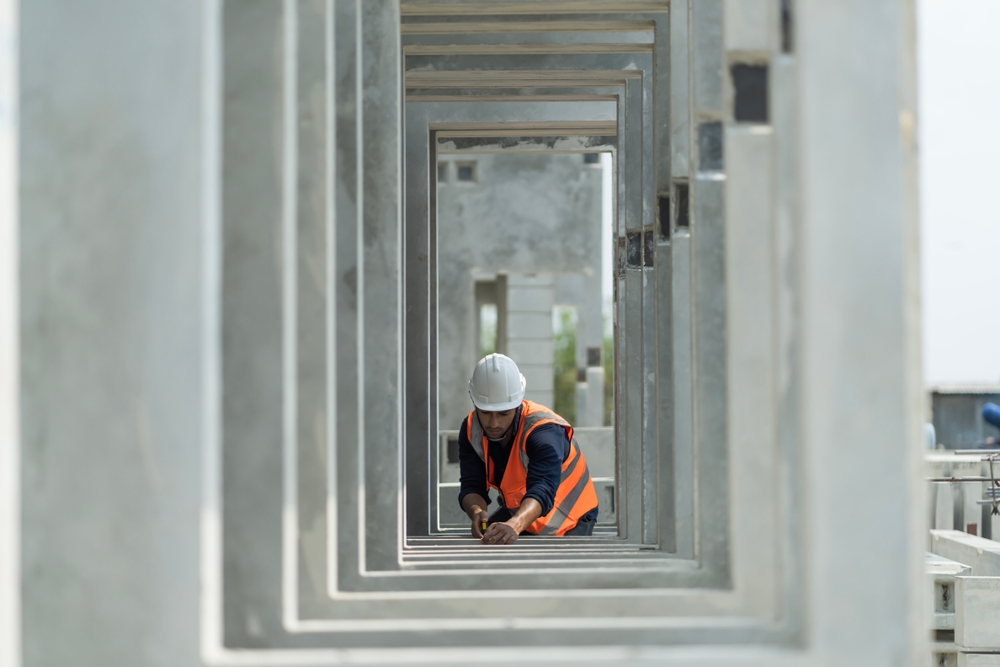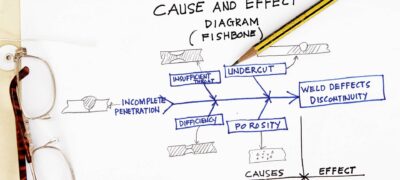
Standardisation is used in Lean to make processes better by understanding what the most efficient way of completing a task is, and then establishing a process to ensure that this method can be repeated.
It has a number of advantages in the workplace which include: reducing variability – and subsequently improving quality, improving employee well-being through better health and safety.
It centres around the following key principles:
- The rate at which products are made or a job is completed, often referred to as Takt time.
- The work sequence which is required in manufacture or to complete a job.
- The standard inventory of machinery required to keep processes running smoothly
Productivity in practice: commercial development
This video explores how the unique approach adopted by Landsec enabled the development of a kit of parts strategy and design for manufacture to be applied, creating an innovative approach for the Forge Project.
Pursuit of Perfection
Standardised Working
E-learning module
Standardised Work
How to Build a Lean Culture
Web link
Problem Solving and Continuous Improvement
Corporate Action Plan Roadmap
Document/Presentation
Lean Maturity
Standardised Work Principle Document
Document/Presentation

5S workplace organisation is a key tool in Lean construction.

Collaborative planning and production control are methods used to ensure…

Lean construction takes the concept of waste beyond materials and…

Lean techniques can be used to solve problems that happen…

Value stream mapping is a technique used to sequence all…

Visual management is a method of managing the workplace using…



 30 minutes
30 minutes